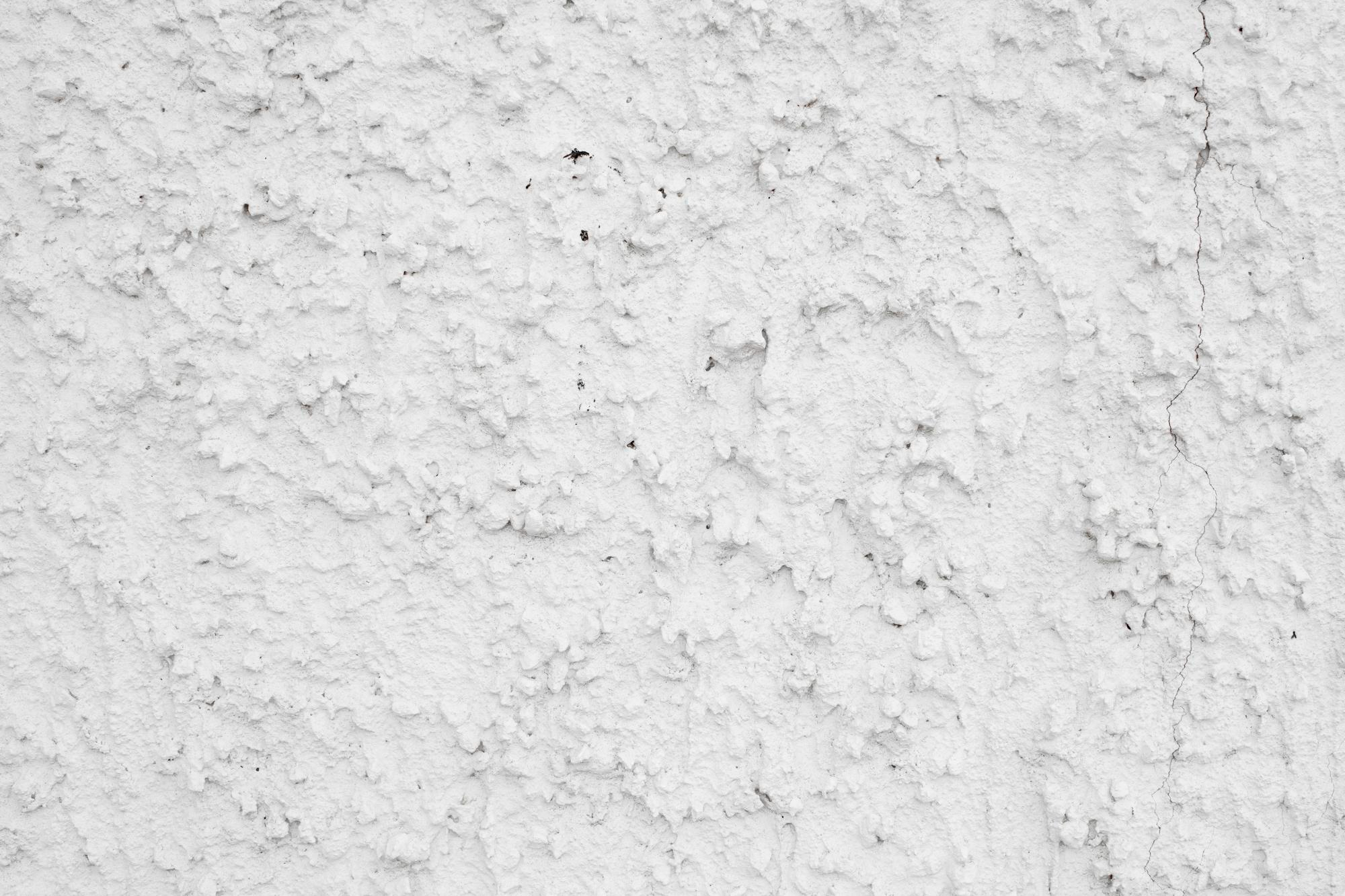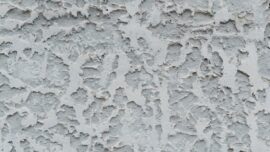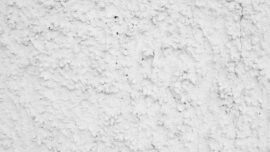
How To Use White Cement
Understanding Processed Sand
When it comes to construction, quality is paramount. Nobody wants a structure that’s not built to last. However, aesthetics are also crucial. That’s where white cement comes in. Similar to ordinary cement but with a different colour and finer texture, white cement adds a touch of sophistication to any project.
Whether for tiling, grouting, or creating architectural elements like walls and floors, white cement delivers a clean, smooth finish that enhances the overall look of a building. Plus, it’s not just about looks—white cement also offers impressive strength, making it perfect for structural applications where durability is essential.
White cement is versatile and can be used as decorative paint, white cement wash, textured plaster, etc. It can also be used to manufacture mosaic tiles and create ornamental objects. It’s frequently used in interior design to develop polished or textured walls, floors, and ceilings.
How To Use White Cement
White cement, often overlooked in favour of its grey counterpart, holds remarkable potential for enhancing the aesthetic appeal of various construction and design projects. From creating sleek modern interiors to crafting intricate architectural details, white cement offers a clean, sophisticated finish that complements various styles and design preferences.
1. Seamless Tiling and Grouting
One of the most common applications of white cement is in tiling and grouting. White cement-based adhesives and grouts provide a clean, uniform backdrop for ceramic, porcelain, and natural stone tiles. When used as a tile adhesive, white cement creates a smooth, level surface that enhances the appearance of the tiles. Similarly, white cement-based grouts fill in the gaps between tiles with a crisp, bright finish, creating seamless transitions between surfaces.
2. Sculptural Elements and Architectural Details
White cement is a versatile medium for crafting sculptural elements and architectural details that add character and charm to any space. From decorative wall panels and columns to intricate mouldings and cornices, white cement offers endless possibilities for bringing unique design elements to life. Its smooth texture and ability to hold intricate shapes make it ideal for creating custom features that reflect the designer’s or homeowner’s aesthetic vision.
3. Bespoke Countertops and Surfaces
White cement has emerged as a popular choice for crafting bespoke countertops, tabletops, and other surfaces in interior design. Its clean, contemporary look lends itself well to modern kitchen and bathroom designs, where minimalist aesthetics reign supreme. White cement countertops offer a durable and stylish alternative to traditional materials like granite or marble, allowing homeowners to customise their spaces with unique shapes, textures, and finishes.
4. Artistic Installations and Mixed Media Projects
Beyond its traditional applications in construction and design, white cement finds its way into artistic installations and mixed-media projects that push the boundaries of creativity. Artists and designers experiment with white cement as a sculptural medium, incorporating it into installations, sculptures, and mixed-media artworks. Its versatility, durability, and ability to hold intricate details make it a favourite among creatives seeking to add depth and dimension to their work.
In conclusion, the aesthetic applications of white cement are as diverse as they are inspiring. Whether used in architectural elements, interior finishes, or artistic endeavours, white cement offers a timeless elegance and sophistication that elevates the beauty of any space. With its clean, crisp finish and endless design possibilities, it remains a versatile and sought-after material for designers, builders, and creatives alike.
Our products are of the highest quality and the best you can get in the market. Get a quote today and create aesthetically durable projects.




